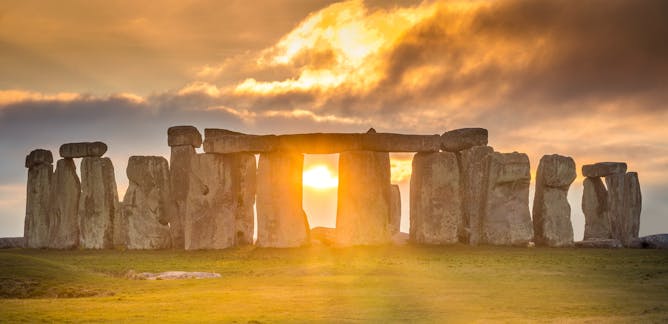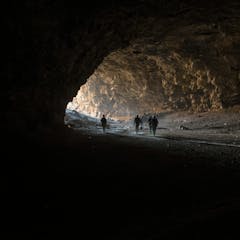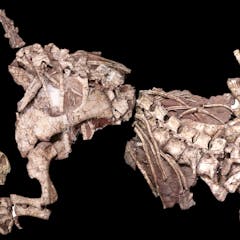
Articles on Archaeology
Displaying 1 - 20 of 481 articles

The monument’s ancient connection to the skies may run even deeper than we realised.

New research reveals signs of ancient human habitation in a vast cave beneath the Arabian desert. It may have been used as a waystation by Stone Age herders travelling from one oasis to another.

Pottery made more than 1800 years ago by Aboriginal communities on Jiigurru in the Lizard Island group in the Great Barrier Reef is the oldest ever found in Australia.

Barrow Island off the coast of Western Australia holds a unique record of First Nations people. For millennia, they lived on vast plains that are now drowned by the sea.

New research on Ilorin in Nigeria provides insights into regional socio-political developments prior to the 19th century.

The bog does not neatly divide traces of the distant and recent past. Archaeology and forensic science still have much to learn from each other.

In addition to destroyed buildings, there’s an entire underground world – filled with untold numbers of artifacts, bones and ruins – that are exposed and damaged by the digging of trenches.

Out of Darkness attempts at historical accuracy are a welcome surprise, and what’s more, it is fun to watch.

After sifting through DNA from almost 10,000 people from ancient and pre-modern societies, we have discovered six cases of Down syndrome in past human populations.

The find represents Europe’s largest human-made megastructure.

New discoveries of bone fragments at Ranis cave in Germany prove the early presence of cold-adapted Homo sapiens in northern Europe

New research shows that Neolithic migrants from Spain brought agriculture to Northern Morocco over 7,500 years ago.

One criticism of current 3D models of archaeological sites is that they are presented devoid of human traces and history.

More discoveries are being made with the use of technology, but that’s just the start of the investigation.

Rock art directly represents how our ancestors saw the world. A new approach involving the history of the landscape brings fresh meaning to Arnhem Land rock art.

Some time between 1100 and 1700 AD, a Massospondylus bone was discovered and carried to a rock shelter in Lesotho.

A team of archaeologists discovered the remains of the 16th-century father of modern astronomy, who demonstrated that the Earth orbits the Sun.

Our new study reveals a mosaic of habitable landscapes – now submerged by the ocean – once supported up to 500,000 people living in Australia’s northwest.

Rock art from a Malagasy cave hints at some remarkable cultural connections.

Historians know a fair bit about Herod the Great, the king of Judea at the time of Jesus’ birth.
